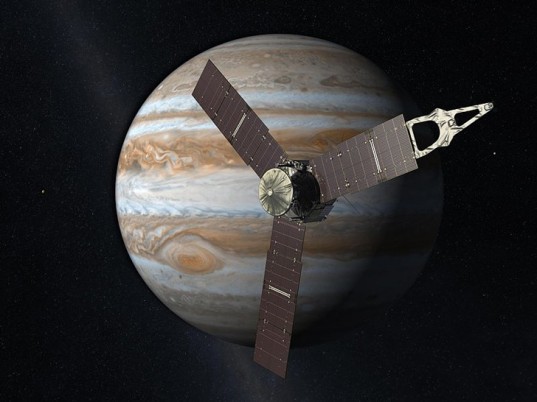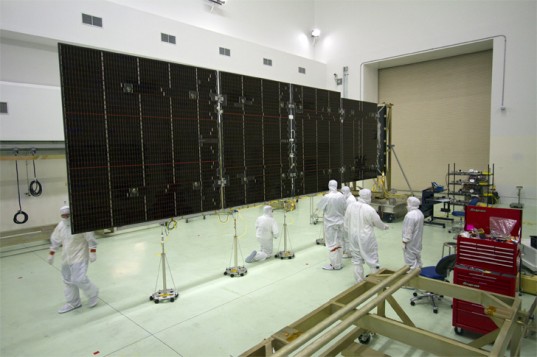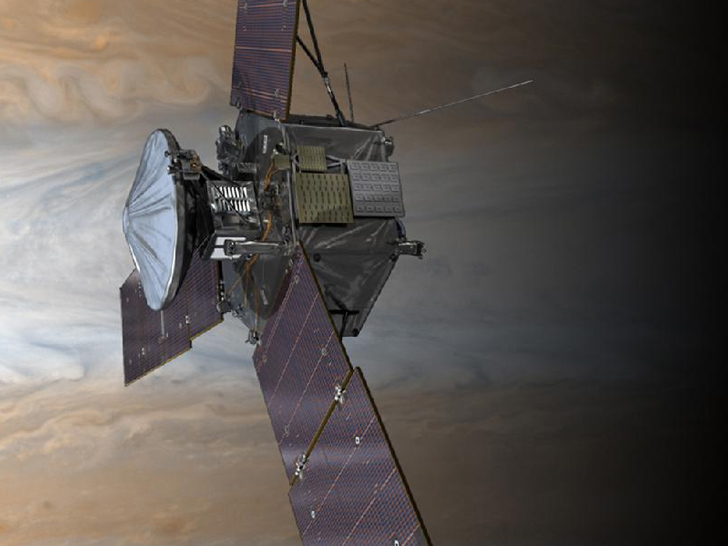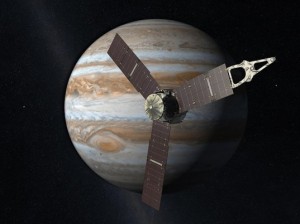NASA is prepared to launch a mission to Jupiter this week that will probe deep into the planet’s clouds to reveal what it is made of. The Juno spacecraft will also make history by being the most distant space probe to use solar panels as its primary source of electricity. The decision charts a new course for deep space missions that traditionally used a radioactive battery, and it stands to prove the viability of solar technology even when the sun is 5 times further away than it is from our home planet.

The mission was originally set to launch in 2009, but financial restraints at NASA bumped it to 2011. Finances were also a major contributing factor to the decision to use high-tech gallium arsinide solar cells rather than a traditional radioisotope thermoelectric generator that uses decaying Plutonium 238 to create electricity. Three wings of solar panels sprout from the craft, covering 60 square meters. They will produce 15 kW of power at 1 AU (Astronomic Unit) – the measurement of the distance from the Earth to the Sun. The probe will take 5 years to get to the gas giant, which is 5 AUs from the Sun. At this distance, the solar cells will leave the spacecraft with 420 watts of electricity to run on.

Juno will orbit Jupiter for one year making 33 elliptical orbits to cover the entire planet’s surface, sometime coming closer than 3,000 miles. Scientist will map Jupiter’s gravitational and magnetic fields and study weather far below the fabled storms on the surface. The probe will also hopefully determine if there is water and oxygen in the planet, and if the core is composed of rock or just super compressed gas – information that will help us understand how the solar system formed. Since so many supergiant gas planets are being discovered, Jupiter may hold the key to understanding many more objects in the universe.

Source: inhabitat

 Follow
Follow